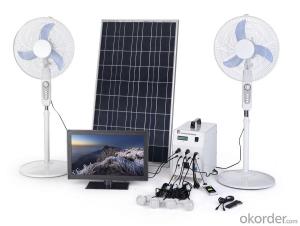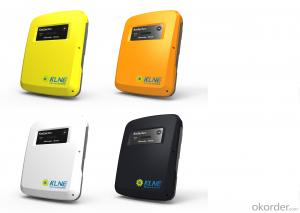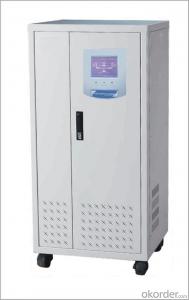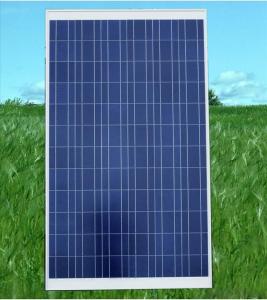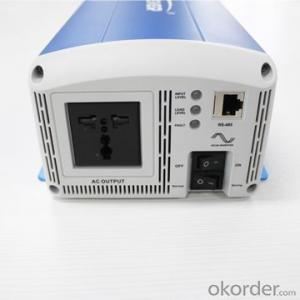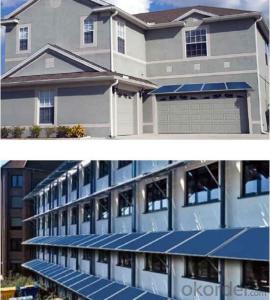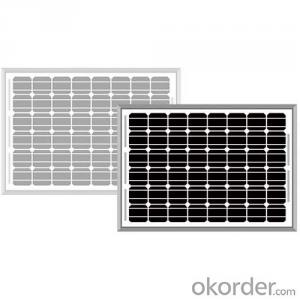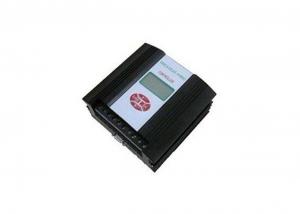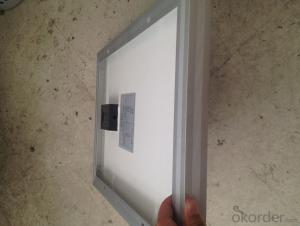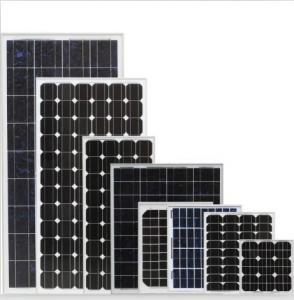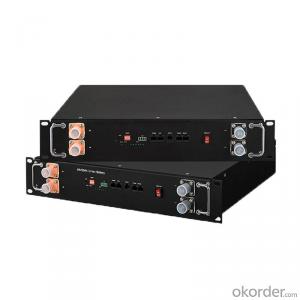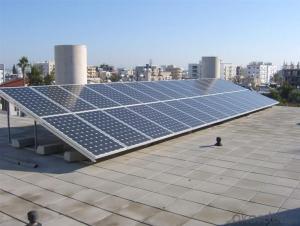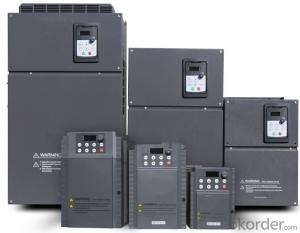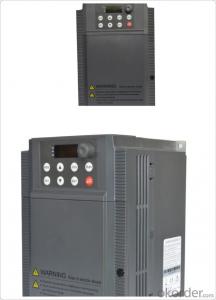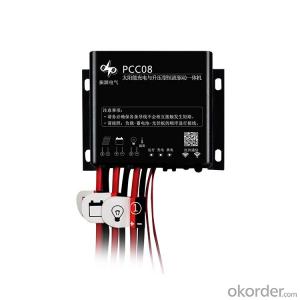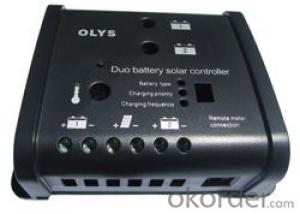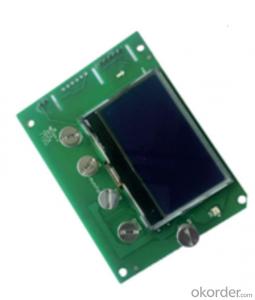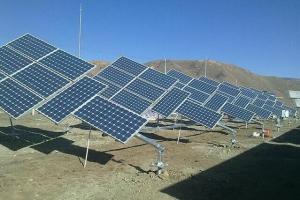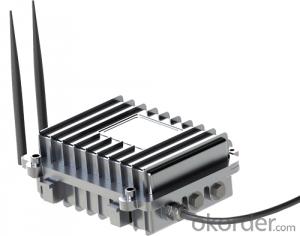200 Kw Solar Inverter
200 Kw Solar Inverter Related Searches
200kw Solar Inverter 200w Solar Inverter 200 Watt Solar Inverter 200 Amp Solar Inverter 200 Watt Solar Panel Inverter 200 Kw Solar Inverter Price 200 Watt Solar Inverter Price 20 Kw Solar Inverter Solar Flex 200 Inverter 20kw Solar Inverter Solar 2000 Watt Inverter 2000w Solar Inverter 2000 Watt Solar Inverter Solar 2000w Power Inverter 250 Kw Solar Inverter Solar 2000 Watt Power Inverter Solar Inverter 2000w 2000 Watt Solar Power Inverter 20kva Solar Inverter 220v Solar Inverter 20 Kw Hybrid Solar Inverter 250kw Solar Inverter 220 Solar Inverter Solar Power Inverter 2000w 220 Volt Solar Inverter Solar Inverter 2000 Watt Solar 220v Inverter 2000va Solar Inverter 20 Kw Solar Inverter Price 20kw Hybrid Solar Inverter200 Kw Solar Inverter Supplier & Manufacturer from China
The 200 Kw Solar Inverter is a high-capacity power conversion device designed to optimize the performance of large-scale solar energy systems. This advanced inverter is engineered to convert the direct current (DC) generated by solar panels into alternating current (AC) that can be utilized by the electrical grid or distributed within a facility. The 200 Kw Solar Inverter is particularly suited for commercial and industrial applications where substantial energy production and consumption are required.In various usage scenarios, the 200 Kw Solar Inverter plays a pivotal role in harnessing solar energy efficiently. It is commonly deployed in large-scale solar farms, industrial facilities, and commercial buildings, where the demand for clean and renewable energy is high. This inverter not only helps in reducing electricity costs but also contributes to the reduction of carbon footprints, making it an environmentally friendly choice for businesses and organizations committed to sustainability.
Okorder.com stands as a prominent wholesale supplier of the 200 Kw Solar Inverter, boasting a substantial inventory to cater to the diverse needs of customers worldwide. By offering a comprehensive range of solar inverters, including the 200 Kw model, Okorder.com ensures that clients have access to high-quality, reliable, and efficient products to support their solar energy projects.
Hot Products



